The scope of the EPC steel structure contract for the Luoyang Agricultural and Sideline Products Cold Chain Logistics Center Project is 3# Warehouse, 4# Comprehensive Service Building, and outdoor stairwell. The total weight of the steel structure of this project is about 1,387 tons, including about 606 tons of box columns, 650 tons of H-shaped steel beams, and 128 tons of stair platforms.
A steel structure cold chain refers to the network of temperature-controlled storage and transportation systems that rely on steel structures to maintain the proper environmental conditions for sensitive goods, particularly in industries like food, pharmaceuticals, and chemicals. The cold chain is vital for ensuring that perishable items remain at the required temperature throughout the entire supply chain—from manufacturing or harvesting, through storage, transportation, and distribution, to the final consumer.
Steel structures are frequently used in cold chain facilities due to their strength, durability, and ability to be engineered for specialized temperature and humidity control. Steel is a material that offers advantages in terms of fire resistance, ease of maintenance, and structural integrity, all of which are crucial for cold storage facilities.
Cold Storage Warehouses:
These are large refrigerated buildings designed to store perishable goods like meat, dairy, fruits, and pharmaceuticals. Steel is commonly used in the construction of cold storage warehouses because it can be easily insulated, is resistant to extreme temperatures, and offers structural stability for large-scale facilities.
Insulation: Steel frame warehouses are often insulated with materials like polyurethane, polystyrene, or mineral wool to ensure thermal efficiency and minimize energy loss.
Refrigeration Systems: The cold storage area relies on industrial refrigeration systems that maintain a controlled environment within the building. Steel structures support the installation of these systems, which can include evaporators, condensers, and compressor units.
Refrigerated Transportation:
Refrigerated Trucks, Trailers, and Containers: Steel structures are used to build the frames of refrigerated transport vehicles. These are critical for ensuring that goods remain at a specific temperature during transit.
Temperature Control Units: Steel enclosures house refrigeration and temperature control systems in transport vehicles to maintain consistent temperature ranges during shipping.
Cargo Racks: In some cases, steel is used to construct racks and shelves inside refrigerated trucks and containers, optimizing space while keeping goods at the right temperature.
Cold Chain Logistics Hubs:
These are central facilities where goods are transferred, sorted, and stored before being shipped to retail outlets or directly to customers. Steel is used to build logistics hubs and distribution centers where various products are kept under controlled conditions.
Structural Support for Heavy Equipment: Steel frameworks are used to support heavy-duty cold storage units, conveyor systems, and automated sorting machinery used to handle large volumes of temperature-sensitive products.
Cold Chain Retail:
Supermarkets and Warehouses: Steel structures can be used in the construction of refrigerated sections within supermarkets and retail warehouses, where products like fresh meat, dairy, or frozen foods are stored and displayed.
Energy Efficiency: Steel structures used in retail cold storage are designed to optimize energy use and reduce operational costs by integrating advanced insulation and energy-efficient refrigeration units.
Strength and Durability: Steel is inherently strong and can support large refrigerated spaces, equipment, and transportation vehicles, making it ideal for industrial applications. This helps in creating robust facilities that can withstand harsh conditions and long-term use.
Fire Resistance: Steel is a non-combustible material, which provides an added layer of safety to cold chain facilities, especially when dealing with large quantities of perishable goods or hazardous materials.
Energy Efficiency: Steel structures, combined with effective insulation systems, help maintain temperature control with minimal energy consumption. Steel is also recyclable, contributing to sustainability.
Customization and Scalability: Steel structures can be easily customized to meet specific needs, whether for small cold storage units or large-scale refrigerated warehouses. They can also be scaled up or modified as the requirements of the cold chain evolve.
Ease of Maintenance: Steel structures are easier to maintain and repair compared to some other materials. They are resistant to many types of wear and tear, including corrosion, especially when proper coatings or treatments are applied.
Environmental Control: Steel structures, when paired with insulated panels, ensure that the temperature inside the cold storage units is tightly controlled, minimizing the risk of spoilage and maximizing the shelf life of products.
Thermal Insulation: Insulation plays a crucial role in maintaining temperature control in cold chain facilities. Steel structures need to be paired with high-performance thermal insulation materials to prevent heat transfer, which would lead to energy inefficiency and product spoilage.
Humidity Control: In addition to temperature, maintaining the correct humidity levels is also critical for some cold chain products. Steel-framed structures must be designed to accommodate dehumidification systems when necessary.
Load-Bearing Capacity: Cold storage facilities need to support heavy loads, both from stored goods and equipment (like refrigeration units, racks, and conveyors). The steel frame design must account for these loads to ensure structural integrity.
Ventilation and Airflow: Proper airflow and ventilation within cold storage buildings are important for ensuring uniform temperature distribution and preventing the build-up of moisture, which can lead to mold or corrosion.
Refrigeration Integration: Steel structure cold chains require effective integration of refrigeration systems. The design should facilitate the installation of cooling units, air ducts, and other refrigeration components while maintaining energy efficiency and system reliability.
Building Codes and Standards: Steel cold chain facilities must adhere to specific building codes and safety standards, including those related to fire safety, energy efficiency, and structural safety. This may involve compliance with international standards like the ISO 9001 (Quality Management), ISO 22000 (Food Safety), and ASHRAE (American Society of Heating, Refrigerating, and Air-Conditioning Engineers) guidelines for HVAC systems.
Temperature Monitoring Systems: Cold chain facilities often implement real-time temperature monitoring systems, which can trigger alarms if the temperature falls outside acceptable ranges. This ensures immediate corrective actions can be taken to prevent spoilage or damage to the goods.
Preventive Maintenance: Steel structures in cold chain facilities require regular inspection to prevent issues such as corrosion, rust, or damage from the cold environment. Preventive maintenance includes checking refrigeration units, insulation integrity, and structural conditions.
Smart Sensors and IoT: Many modern cold chain operations incorporate Internet of Things (IoT) sensors, which track environmental parameters and help optimize energy use, reduce waste, and ensure compliance with health and safety regulations.
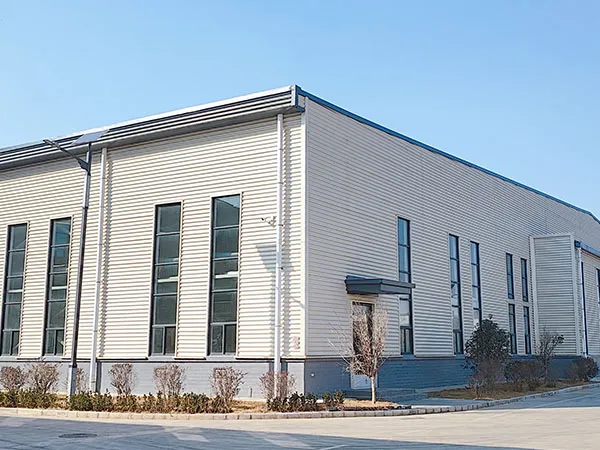
Steel Structure Workshop
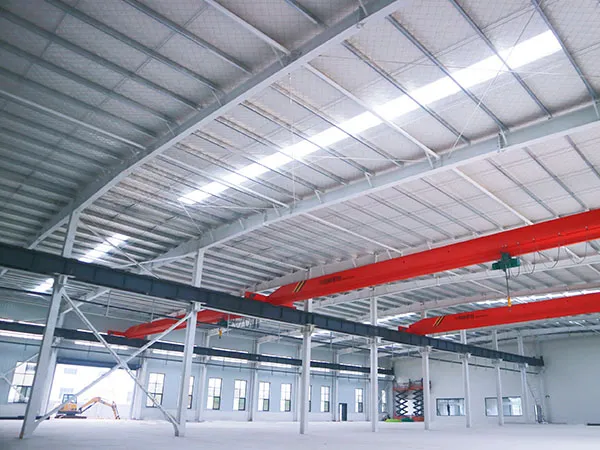
Steel Structure Factory
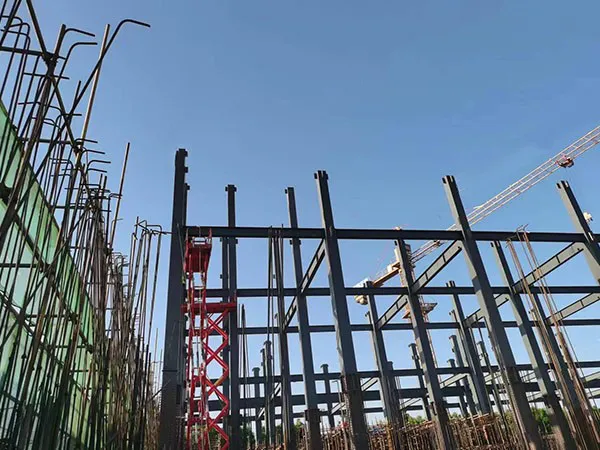
Steel Structure Cold Storage
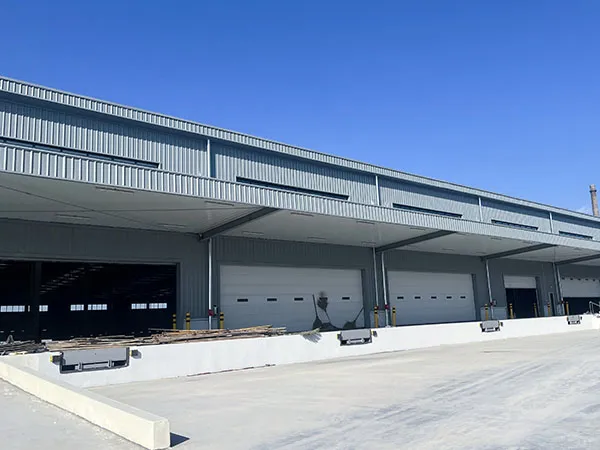
Logistics Park B04 Warehouse Steel Structure Project
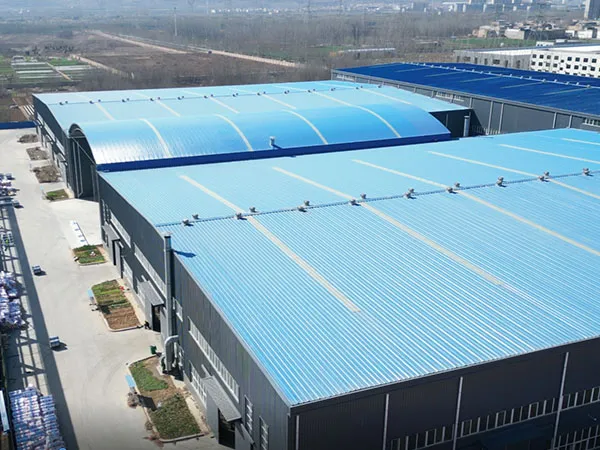
Fuchong Intelligent Glass Tempering Equipment Project
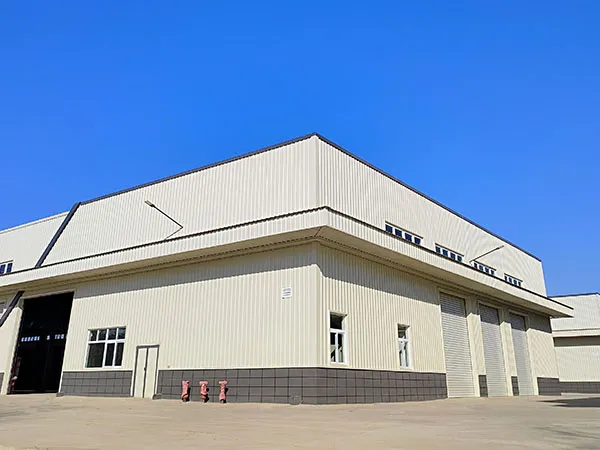
Henan Jiyuan South Passenger Transport Station Steel Structure Engineering Design Project
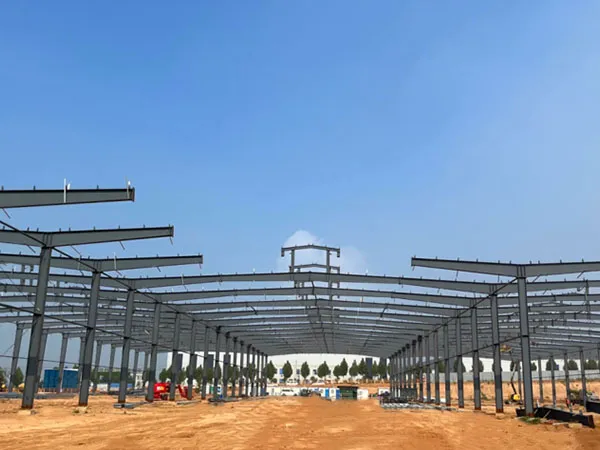
Luoyang Shangke Electrical Technology Co., Ltd. Project
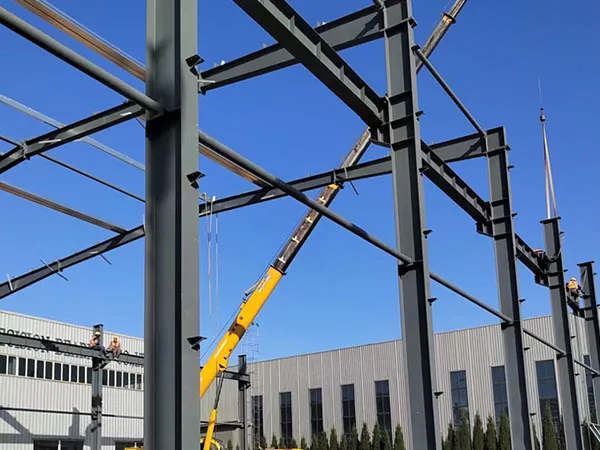
Luoyang Zhongyue Precision Bearing Co., Ltd. Steel Structure Plant Project